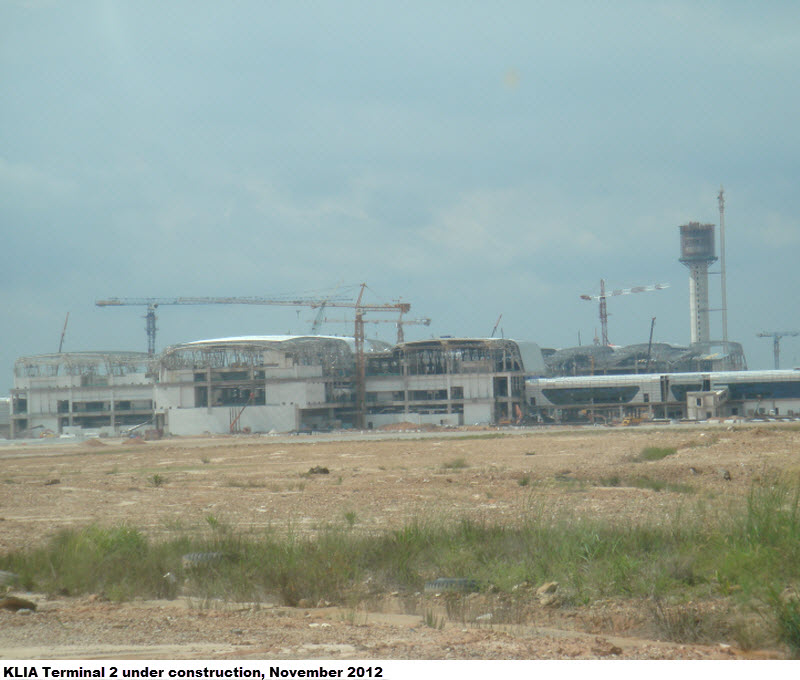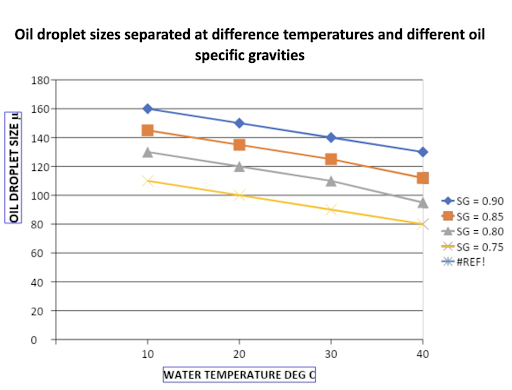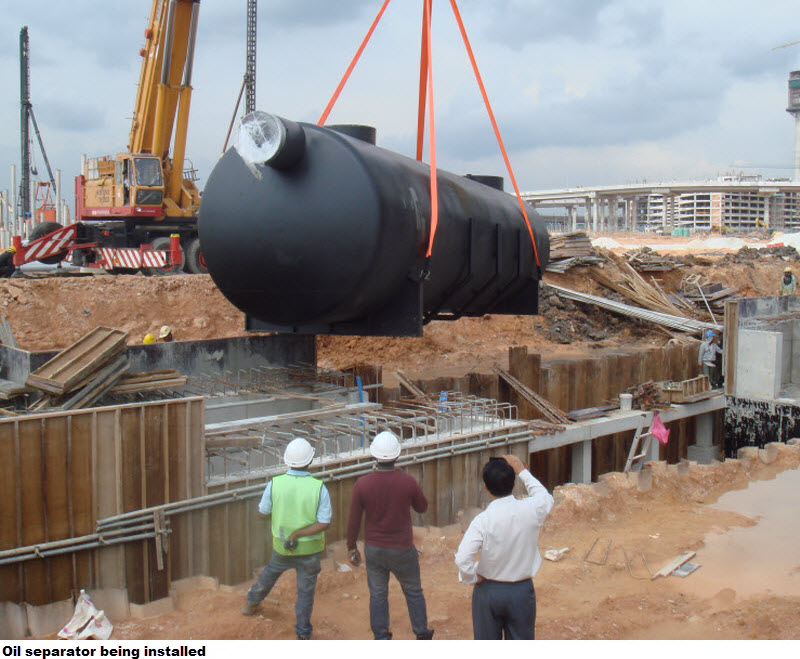Airport Stormwater Treatment Using CPI Oil Separators

The need for effective airport stormwater treatment is essential, with contamination of stormwater runoff – from spills and leaks of jet fuel, petrol and oils – common in many airports.
In 2011-2012, when the Kuala Lumpur International Airport (KLIA) Terminal T2 was entering its design phase, the team at Malaysia Airports Holdings Berhad (MAHB) recognised the potential for such contamination, particularly from jet-fuel entering stormwater runoff in the aircraft taxiing, parking and refuelling areas.
As a pre-emptive measure, MAHB included the construction of suitable stormwater treatment facilities in the Terminal T2 design.
SWA Water, the world’s leading industrial wastewater treatment company, was awarded the contract to design and construct what were the largest oil separators in the world at the time.
Design basis
Capturing and treating storm flows, including that of large storms with a one in five year probability of occurrence, were the key design criteria presented by MAHB. It was also necessary that the treated stormwater achieve a treated stormwater oil content that complied with the Malaysian Standard B Discharge Standard.
MAHB identified 10 stormwater drainage catchment systems within Terminal 2, with a combined design flowrate of 61,000 m3/h. The design feed oil concentration was 4,250mg/l, and the discharge standard required the treated stormwater oil content to be less than 5mg/l – representing a capture rate of 99.9%.
The oil separators that would meet these stringent criteria must also be installed below ground and covered.
With a team of expert engineers committed to delivering end-user focused solutions that meet exact specifications, SWA Water designed and manufactured CPI oil separators that not only met these criteria, but it remains a world class stormwater treatment system nearly a decade later.

Oil separator design
The detailed design by SWA Water determined that 18 oil separators would be optimal, located at the 10 drainage locations identified by MAHB.
SWA installed some oil separators in pairs, while they installed others individually, with each oil separator having a design flowrate between 1,368m3/h and 9,900m3/h.
Designed in accordance with the principles of British Standard BS EN858-1&2 and American Petroleum Institute API-421, the oil separators included cylindrical, horizontal steel tanks up to 3.5m in diameter and up to 14m long. SWA selected these to satisfy the requirement for below-ground oil separators.
Cross Flow Interceptor (CFI) plate packs, modular in size, were also designed, and were manufactured from stainless steel. Each pack measured 2.0mL by 2.0mH by 1.2mW, with a plate angle of 45 degrees (across the direction of flow) and plate spacing of 10mm.
In all, 59 CFI plate packs were manufactured using 130 tonnes of stainless steel. Designed to separate oil droplets with a mean inlet oil droplet size larger than 250 microns (for oil specific gravity SG = 0.85 at water temperature T = 20°C), the actual micron size separated was 110 microns under design conditions.
Impact of varying temperatures and oil specific gravity
SWA took into consideration the impact of varying operating temperatures and various oil specific gravity, as summarised in the following tables:
| Temperature | SG (Oil) | ||||
| 0.7 | 0.75 | 0.8 | 0.85 | 0.9 | |
| Oil droplet size separated (micron) (100%) | |||||
| 20 | 80 | 100 | 120 | 135 | 150 |
| 30 | 72 | 90 | 110 | 125 | 140 |
| 40 | 65 | 80 | 95 | 112 | 130 |


Installation and testing
SWA installed 18 oil separators in 10 locations; these separators treating a combined design storm flowrate of 61,000 m3/h.
With a design flowrate so large, testing of just two of the 10 oil separator sites was sufficient in demonstrating the performance of the oil separators for acceptance testing purposes. SWA used diesel to test the oil separators, as diesel has low specific gravity and is non-explosive.
The fire water service flowrate was also too small compared to the oil separators’ design flowrate, so on test day, a large number of flexible water ‘bladders’ and one tanker of diesel were lined up on the aircraft taxiway.
The fire main valves were fully opened before water tankers released their loads, to assimilate the required design flowrate. Diesel was discharged from the tanker at a known and controlled flowrate.
SWA collected samples of treated water at every minute during the testing process, and sent these samples to a registered laboratory for analysis.
All tests achieved an oil concentration of <5mg/l, achieving the design requirements and passing the performance tests with flying colours.
World class stormwater treatment system
All aspects of the project were successfully implemented at every stage, including design, manufacture, construction, testing and commissioning.
Now, nearly 10 years on, MAHB still has a world class stormwater treatment system at the KLIA Terminal T2 Airport.
For more detailed information on this project, oil separators, or for the treatment of large oil contaminated storm flows, please contact SWA Water.
Learn more about SWA Water’s industrial wastewater management projects and industrial wastewater treatment equipment.
